In the ever-evolving landscape of marketing, creativity often sets successful businesses apart. While traditional strategies like email, content, and social media marketing have their merits, there’s a realm of unconventional marketing techniques waiting to be explored.
Below, we uncover some uncommon and often overlooked marketing techniques that can give your business a unique edge.
- 1. Memes and Entertaining Content: Making Your Brand Shareable
- 2. Embrace the Power of Brand Mascots: Bringing Your Brand to Life
- 3. Free Promo Items: Beyond Business Cards
- 4. Custom Stress Balls: Squeeze Your Brand into Minds
- 5. Guerrilla Marketing Tactics: Unconventional Outreach
- 6. Mystery and Exclusivity: Limited Edition Offers
- 7. Collaborations and Cross-Promotions: Leveraging Collective Audiences
- 8. Personalized Experiences: Tailoring Your Approach
- 9. Interactive Content: Engaging Your Audience
- 10. Virtual and Augmented Reality Experiences: Immersive Engagement
1. Memes and Entertaining Content: Making Your Brand Shareable
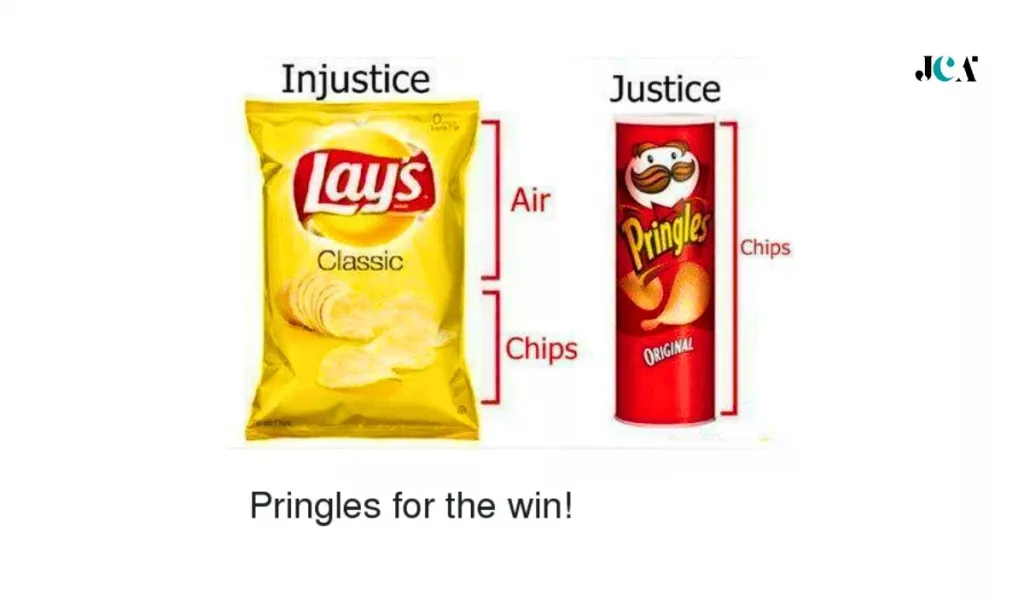
In today’s digital era, memes and entertaining content are not just internet fads; they are powerful tools in the marketer’s arsenal. These bite-sized, often humorous pieces of content can skyrocket in virality, making them a cost-effective way to increase brand visibility and shareability.
But why are memes so effective? They resonate with audiences because they are relatable, timely, and often lighthearted. A well-crafted meme can make your brand feel more approachable and connected to current trends or social dialogues. However, the key is in the execution. The best marketing memes are those that align seamlessly with your brand’s voice and values, ensuring they resonate with your target audience without appearing forced or out of touch.
Several brands have harnessed the power of memes to great effect. Take, for instance, Zomato, which utilized a popular meme format to promote their new product line. The result was not just an increase in engagement but also an uptick in brand recall and affinity.
To successfully incorporate memes into your marketing strategy, consider the following:
- Stay Current: Keep an eye on trending topics and popular culture.
- Know Your Audience: What makes them laugh? What memes are they sharing?
- Brand Alignment: Ensure the content reflects your brand’s tone and message.
- Creativity is Key: Be original. Avoid overused memes or those that might misalign with your brand ethos.
By embracing memes and entertaining content, you’re not just marketing; you’re engaging in a cultural conversation – making your brand more memorable and shareable in the process.
Also read: 4 Tips for Creating a Strong Brand Identity
2. Embrace the Power of Brand Mascots: Bringing Your Brand to Life

Brand mascots can be a game-changer in creating a lasting impression. They’re not just characters; they embody the essence of your brand, giving it a relatable and memorable identity. In a world where consumers are bombarded with countless advertisements daily, a well-designed mascot can cut through the clutter and establish a unique presence.
The magic of mascots lies in their ability to humanize a brand, fostering an emotional connection with the audience. For instance, consider the success of McDonald’s mascot, which became almost as recognizable as the brand itself. This mascot resonated with the audience, not just for its distinctive appearance but for the personality and values it projected – mirroring those of the brand.
Creating a successful brand mascot involves a few key steps:
- Align with Brand Identity: Your mascot should represent your brand’s values and appeal to your target audience.
- Be Memorable and Unique: Distinctive features and a catchy name can make your mascot stand out.
- Consistency is Key: Use your mascot consistently across various marketing platforms.
- Tell a Story: Give your mascot a backstory to deepen the connection with your audience.
If you are about to start a new business and are confused about its name then you should read our step-by-step guide on how to choose a right company name that reflects your brand’s identity.
Mascots can be a powerful tool, transcending traditional advertising and becoming cultural icons in their own right. They aren’t just marketing tools; they’re the personification of your brand’s story, inviting customers to engage in a more meaningful way.
3. Free Promo Items: Beyond Business Cards

Moving beyond the conventional business card, free promotional items can serve as powerful tactile reminders of your brand. When thoughtfully chosen and creatively designed, these items keep your brand in the hands and minds of your potential customers long after the initial interaction.
The key to success with promo items lies in their utility and originality. The more useful and unique the item, the more likely it will be kept and used, increasing brand visibility and recall. For instance, Ed-tech company Byjus distributed custom-designed USB drives at an education tech conference, a practical item for the attendees, which kept the brand at their fingertips.
To make the most out of promotional items, consider the following tips:
- Align with Your Audience: Choose items that resonate with your target demographic.
- Reflect Your Brand: Ensure the item and its design are in line with your brand identity.
- Quality Matters: Opt for quality over quantity to leave a lasting impression.
- Innovate: Think outside the box – the more unique, the better.
From custom stress balls to branded eco-friendly tote bags, the possibilities are endless. These items are not just gifts; they are a subtle yet effective form of marketing, embedding your brand into the daily lives of potential customers.
4. Custom Stress Balls: Squeeze Your Brand into Minds
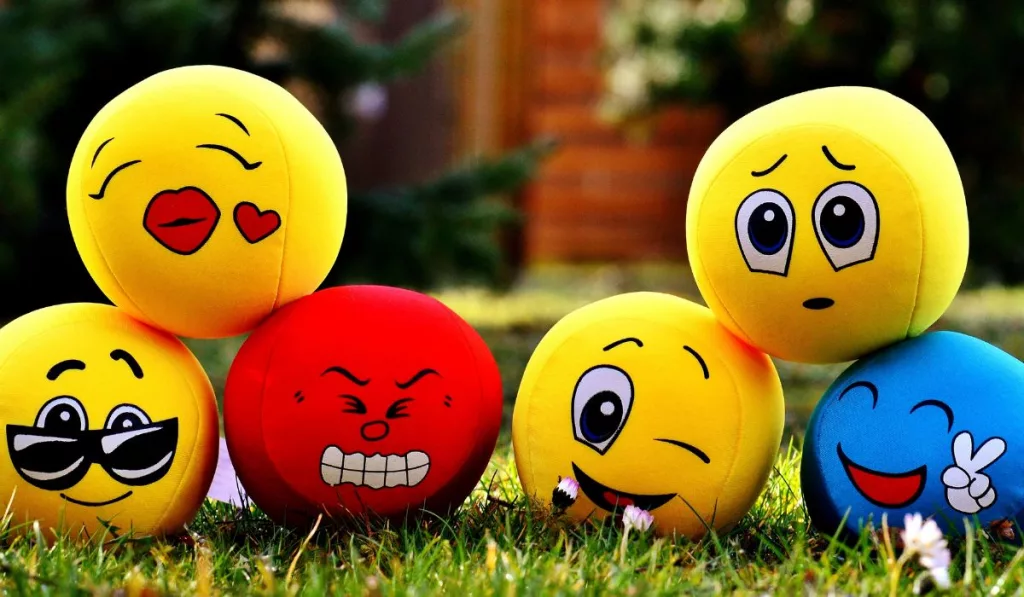
Custom stress balls offer a unique and playful way to make a lasting impression. More than just a tool for relieving tension, these squeezable items can be a creative canvas for your brand’s message and identity. By customizing stress balls with your brand’s colors, logo, or even shaping them to represent your product, you create a memorable and fun association with your brand.
The efficacy of custom shaped stress balls lies in their frequent use and visibility. Every squeeze not only aids in stress relief but also reinforces brand recognition.
Here are some tips for using custom stress balls effectively:
- Creative Design: Make your stress ball distinctive and relevant to your brand.
- Quality Production: Ensure they are durable and pleasant to use.
- Strategic Distribution: Give them away at events where they’ll be most appreciated.
Incorporating custom stress balls into your marketing strategy is a smart move, combining practicality with brand exposure in a fun, interactive way.
5. Guerrilla Marketing Tactics: Unconventional Outreach
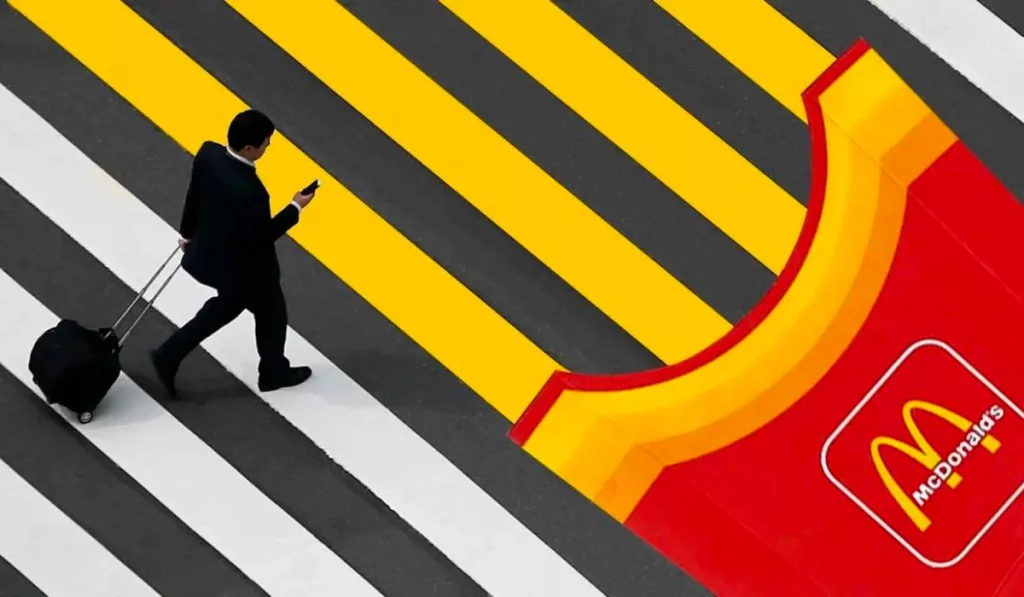
Guerrilla marketing is all about creativity and surprise. This unconventional strategy uses bold, innovative tactics to capture attention in unexpected ways. It’s particularly effective for businesses looking to make a significant impact with a limited budget. The essence of guerrilla marketing lies in its ability to create memorable, engaging experiences that resonate with the public.
The success of guerrilla marketing hinges on its ability to connect with people on a personal and emotional level. For instance, KitKat set up an interactive art installation in a busy city center, subtly integrating their brand into an immersive experience. Another example is McDonald’s painted roads, drawing attention and quickly spreading through social media.
Key elements to consider when planning a guerrilla marketing campaign include:
- Location and Timing: Choose a spot and time where you can attract your target audience effectively.
- Creativity and Surprise: The more original and unexpected, the greater the impact.
- Brand Relevance: Ensure the stunt aligns with your brand’s message and values.
- Social Media Integration: Amplify the impact by encouraging sharing on social media platforms.
Guerrilla marketing isn’t just about advertising; it’s an art form that turns the cityscape into a canvas for extraordinary brand storytelling.
6. Mystery and Exclusivity: Limited Edition Offers

Creating a sense of mystery and exclusivity can be a potent marketing tool. Limited edition offers, where products are available only for a short time or in restricted quantities, can generate a buzz, create urgency, and make customers feel part of an exclusive club. This strategy leverages the psychological principle of scarcity, where people place higher value on items perceived as rare or in short supply.
For example, the cosmetic brand Loreal released a limited-edition makeup palette with unique shades, creating a frenzy among beauty enthusiasts. Similarly, a craft brewery brand introduced a seasonal beer available only for a month, drawing in both loyal customers and curious newcomers.
To maximize the impact of limited edition campaigns, consider:
- Effective Promotion: Tease the offer through social media and email campaigns.
- Authentic Scarcity: Ensure the offer is genuinely limited to maintain credibility.
- Unique Value: Offer something unique that can’t be found in your regular line-up.
Limited edition campaigns not only drive sales but also enhance brand perception by offering something exclusive and special.
7. Collaborations and Cross-Promotions: Leveraging Collective Audiences
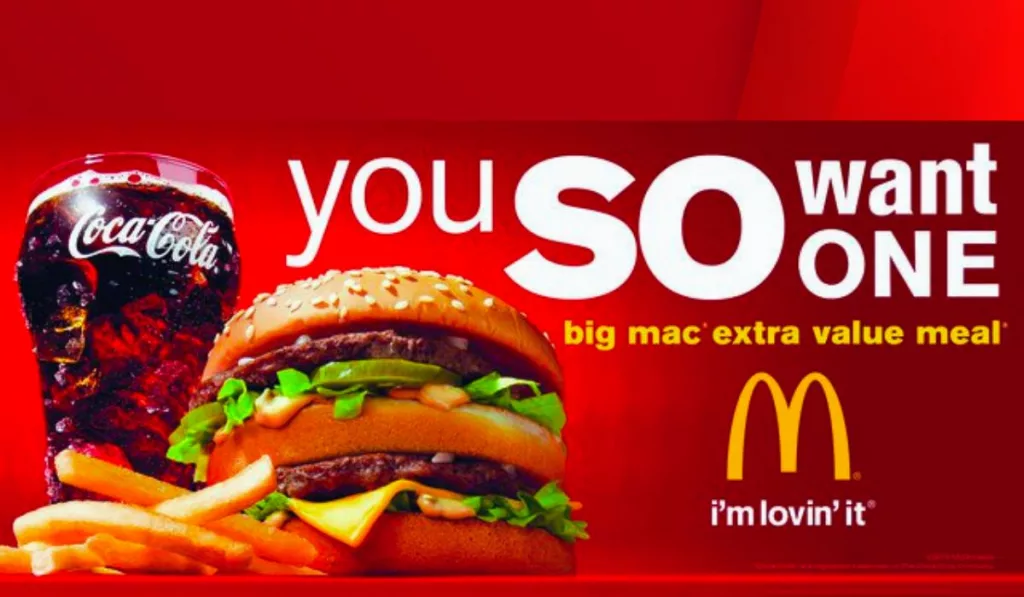
Collaborations and cross-promotions represent a strategic avenue for businesses to expand their reach and tap into new customer bases. By partnering with other companies or influencers, brands can create synergistic relationships that benefit all parties involved, including the consumer. These partnerships often result in unique products or services that generate excitement and attract attention from the combined audiences of each collaborator.
A classic example of successful collaboration is when a fashion brand teams up with a celebrity or another designer. This kind of partnership not only brings a fresh perspective to the brand but also allows it to reach the celebrity’s followers. We already know that cross-promotions between McDonald’s and Coca-Cola created mutually beneficial opportunities and enhanced customer experience.
For effective collaborations and cross-promotions, consider:
- Choosing the Right Partner: Align with brands or individuals who share similar values and target audiences.
- Creating Mutual Value: Ensure the collaboration offers value to both partners and their customers.
- Innovative Offerings: Develop unique products or experiences that excite both customer bases.
- Strategic Promotion: Utilize both partners’ marketing channels for maximum reach.
Through these partnerships, brands can not only reach wider audiences but also infuse their marketing efforts with fresh, innovative content.
8. Personalized Experiences: Tailoring Your Approach
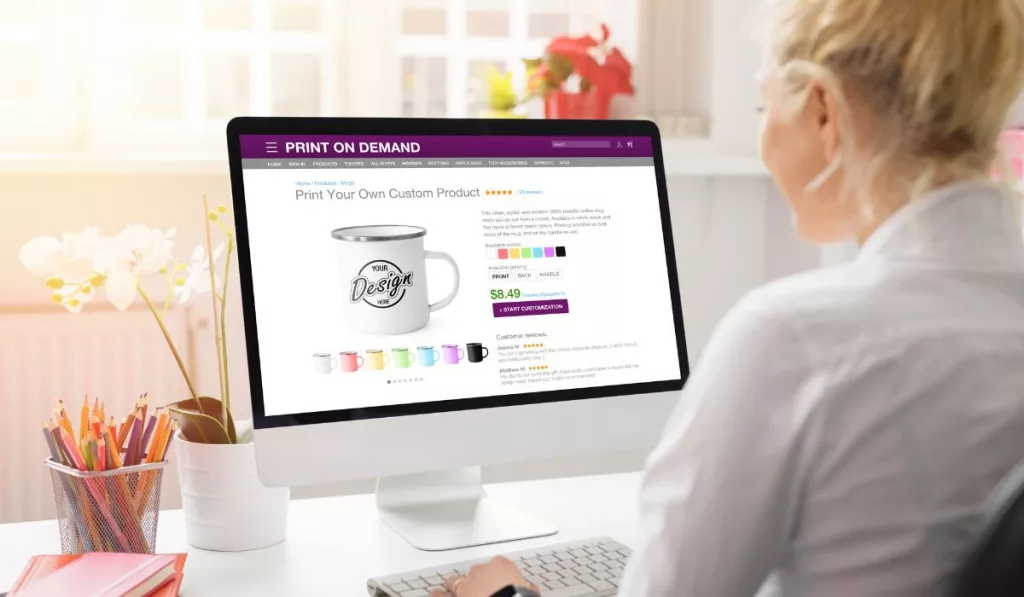
Now consumers are bombarded with generic advertising, personalized experiences stand out as a beacon of relevance and attention to detail. Tailoring your marketing approach to individual preferences and behaviors is not just appreciated; it’s often expected. Personalization can range from customized email content to individualized product recommendations, all aimed at making the customer feel understood and valued.
The power of personalization is evident in its results: increased customer engagement, higher conversion rates, and improved brand loyalty. For instance, an online retailer using data analytics to recommend products based on past purchases and browsing behavior can significantly enhance the shopping experience, encouraging repeat business.
Implementing personalization in your marketing strategy involves:
- Data Collection and Analysis: Gather insights about your customers’ preferences and behaviors.
- Segmentation: Divide your audience into smaller groups based on common characteristics for targeted marketing.
- Customized Content: Create content that resonates with each segment, from tailored emails to personalized web experiences.
- Feedback Loop: Continuously gather feedback and adjust your approach for better personalization.
By investing in personalized experiences, businesses not only cater to the individual needs of their customers but also build deeper, more meaningful relationships.
9. Interactive Content: Engaging Your Audience

Interactive content has emerged as a powerful tool to engage and captivate audiences in a way that traditional content cannot. This form of marketing invites participation, making the experience more memorable and personal. Examples include quizzes, polls, interactive infographics, and augmented reality experiences.
The appeal of interactive content lies in its ability to involve the audience actively, transforming passive viewers into active participants. For example, a real estate company 99acres used an interactive map to allow potential buyers to explore different neighborhoods. This not only provides value to the user but also increases engagement time, boosting the brand’s visibility and connection with the audience.
Key considerations for creating compelling interactive content include:
- Value and Relevance: Ensure the content is useful and relevant to your audience.
- Ease of Use: Design for user-friendliness to encourage wider participation.
- Shareability: Make it easy and enticing for users to share their results or experiences on social media.
Interactive content effectively turns marketing into a dynamic conversation, fostering greater connection and engagement with your audience.
10. Virtual and Augmented Reality Experiences: Immersive Engagement
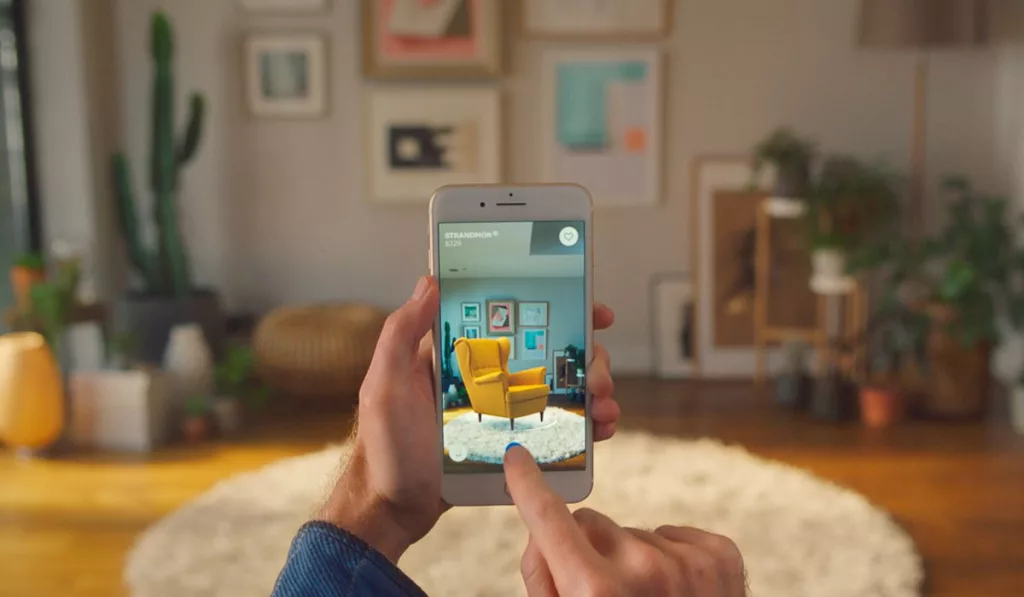
Virtual (VR) and Augmented Reality (AR) technologies are revolutionizing the marketing landscape by offering immersive experiences that were once the stuff of science fiction. These technologies create engaging, interactive environments that allow customers to experience products or services in a completely new way, thereby deepening their connection to the brand.
VR and AR are particularly effective in industries like real estate, where clients can take virtual tours of properties, or in retail, where customers can try on clothes or accessories virtually. For instance, a furniture brand IKEA used AR to let customers see how a piece of furniture would look in their own home before purchasing.
Key points to consider when integrating VR and AR into your marketing strategy include:
- Innovative Storytelling: Use these technologies to tell your brand story in an engaging, immersive way.
- User-Centric Design: Focus on creating experiences that are enjoyable, useful, and easy to navigate.
- Accessibility: Ensure the technology is accessible to your target audience.
- Integration with Traditional Marketing: Combine VR and AR experiences with other marketing channels for a cohesive strategy.
When it comes to marketing, innovation often leads to differentiation. By incorporating these uncommon techniques into your marketing arsenal, you not only stand out from the crowd but also create memorable and authentic connections with your audience. The key is to embrace creativity, think outside the box, and tailor these techniques to align with the unique personality of your brand.










Leave a Reply